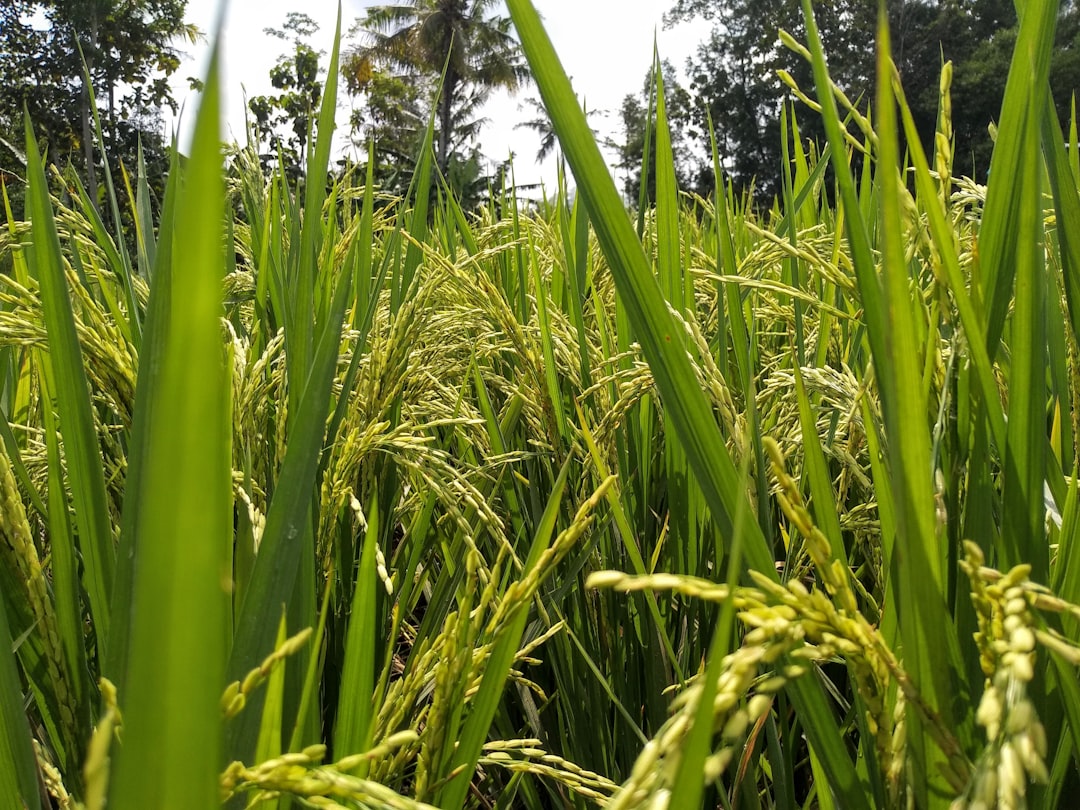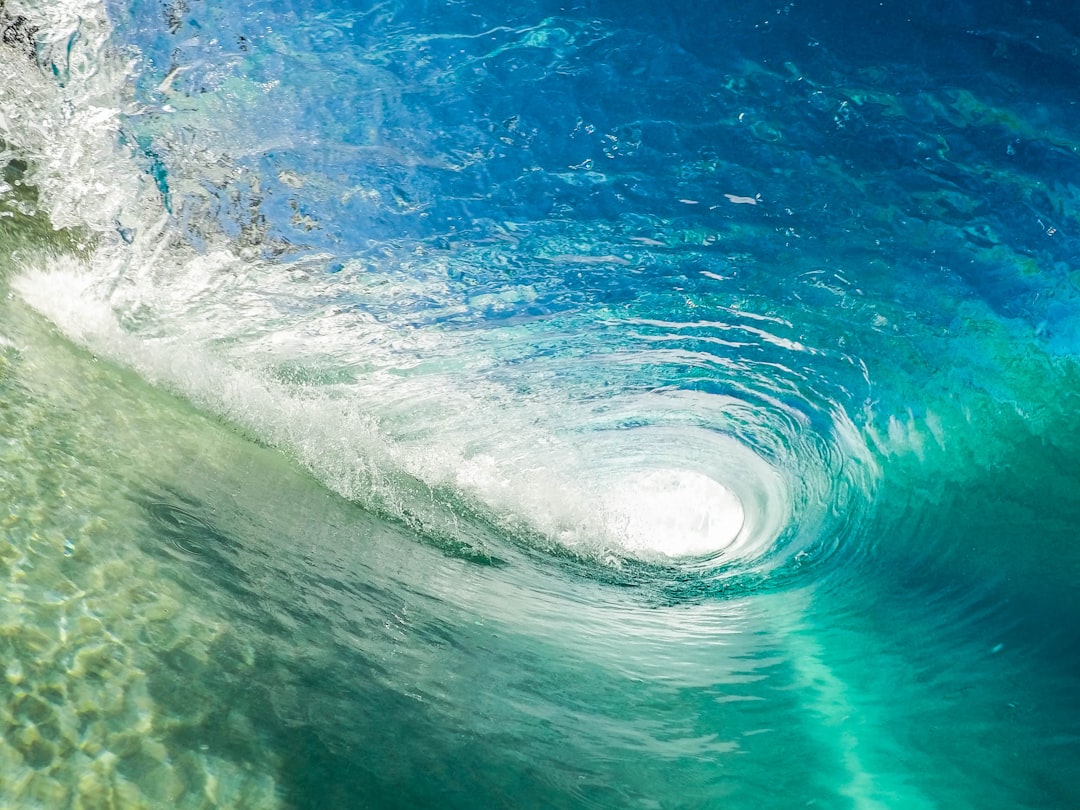What is it about?
The Moorowie Formation and its associated lower Cambrian strata are being recognised as an exceptional record of carbonate deposition (with reefs) on a shallow marine platform. Emergent evaporite diapirs shed grit and sand onto the shelf.
Featured Image

Photo by a befendo on Unsplash
Why is it important?
The excellent exposures are host to a diverse range of well-preserved fossils, including some of the earliest candidate corals. The record contributes to our understanding of early complex life. The work also provides new evidence to support the suggestion of Mount (1975) that some of the Flinders Ranges 'diapirs' are better described as 'breccia intrusions', derived from reactivated and tectonised salt domes.
Perspectives
Geological description of the area has been done in fine detail (with several maps, measured stratigraphic sections etc) as a perfect foundation for further studies. Access is good, exposures are excellent, and there is so much to be discovered about the interplay of tectonics (and halokinetics), sedimentology, stratigraphy, and biostrat (reefs) all in one region.
Trev Mount
University of Adelaide
Read the Original
This page is a summary of: Geological setting of the Moorowie Formation, lower Cambrian Hawker Group, Mt Chambers Gorge, eastern Flinders Ranges, South Australia, Australian Journal of Earth Sciences, April 2019, Taylor & Francis,
DOI: 10.1080/08120099.2019.1586771.
You can read the full text:
Contributors
The following have contributed to this page










